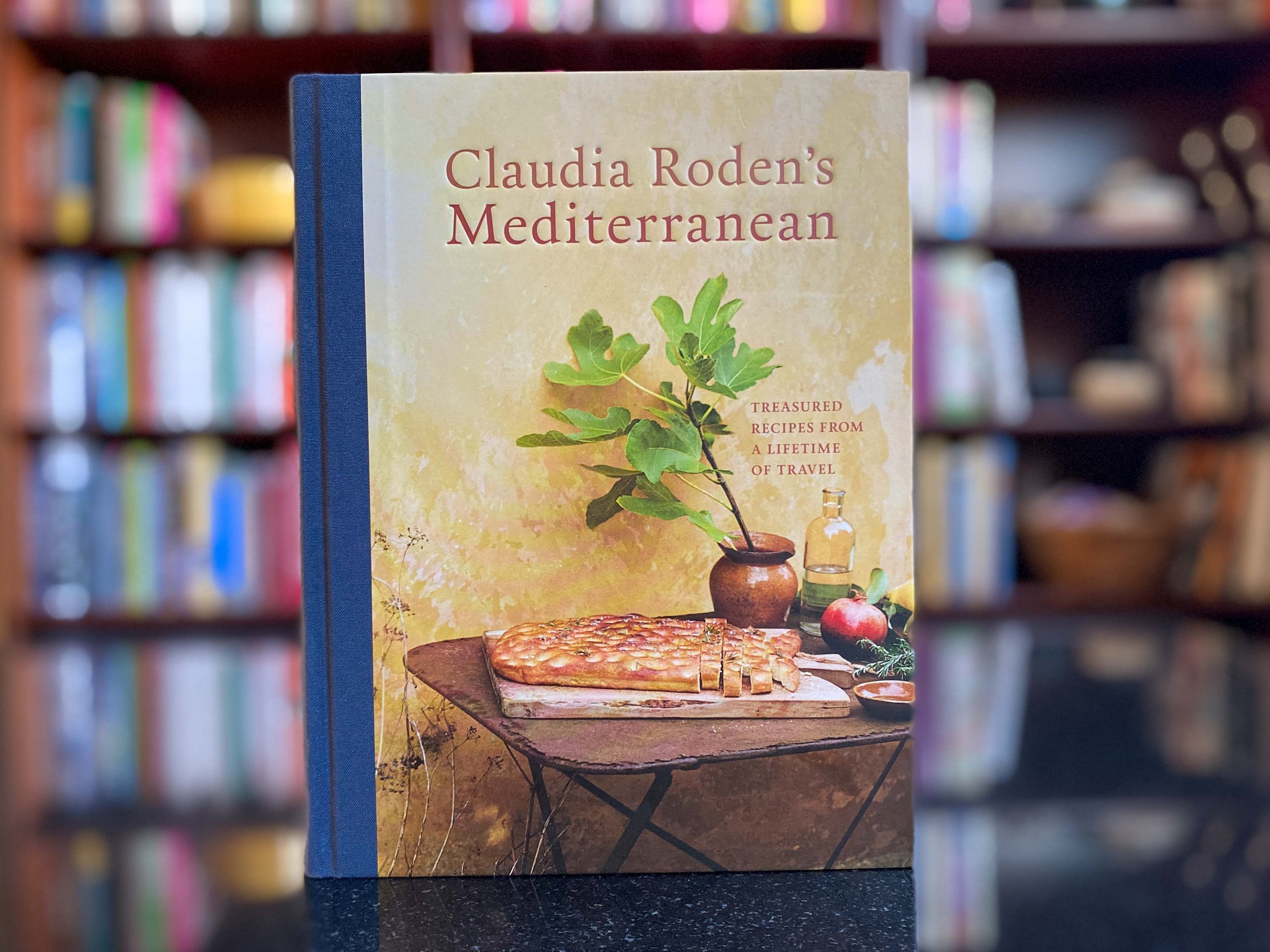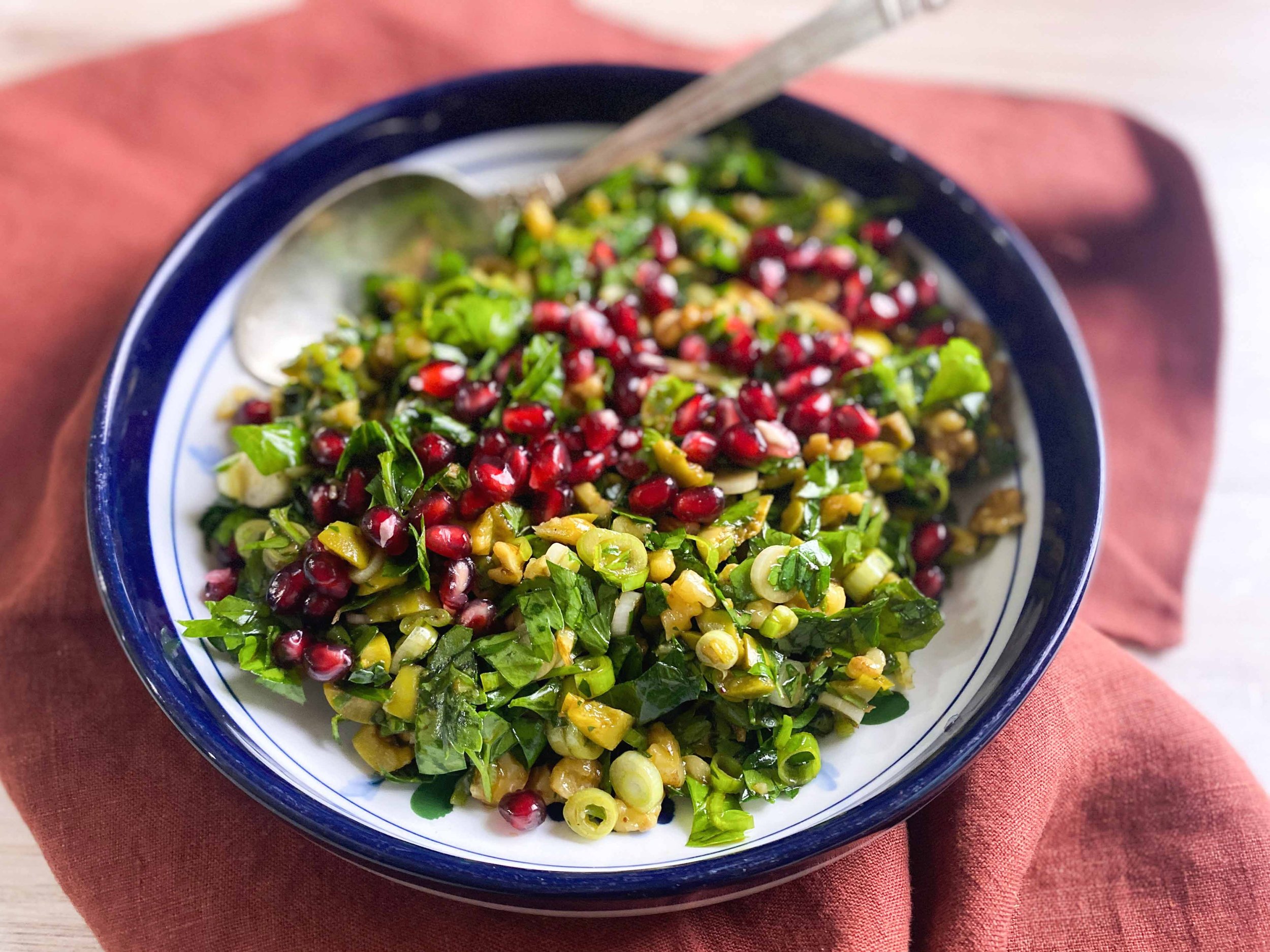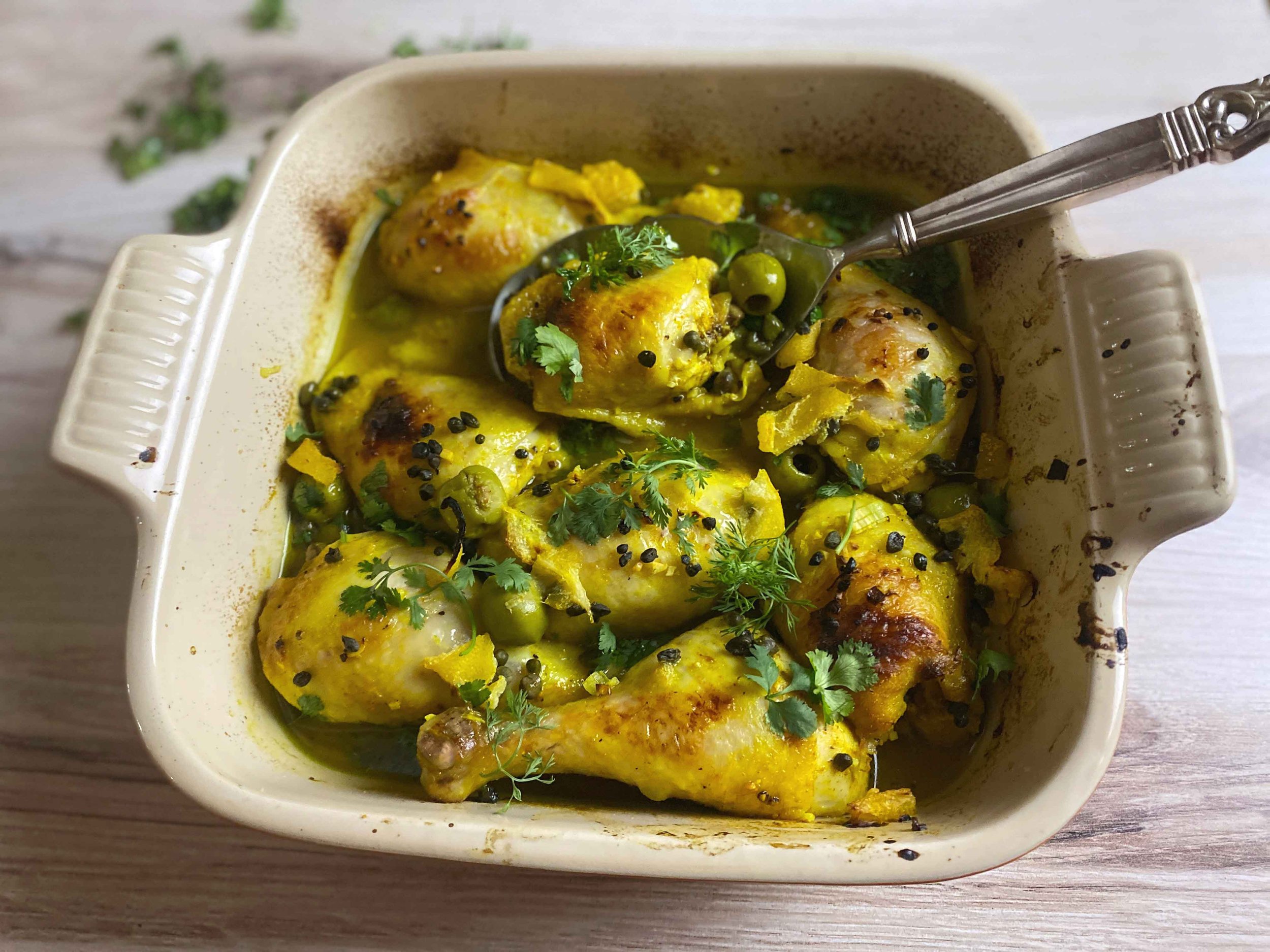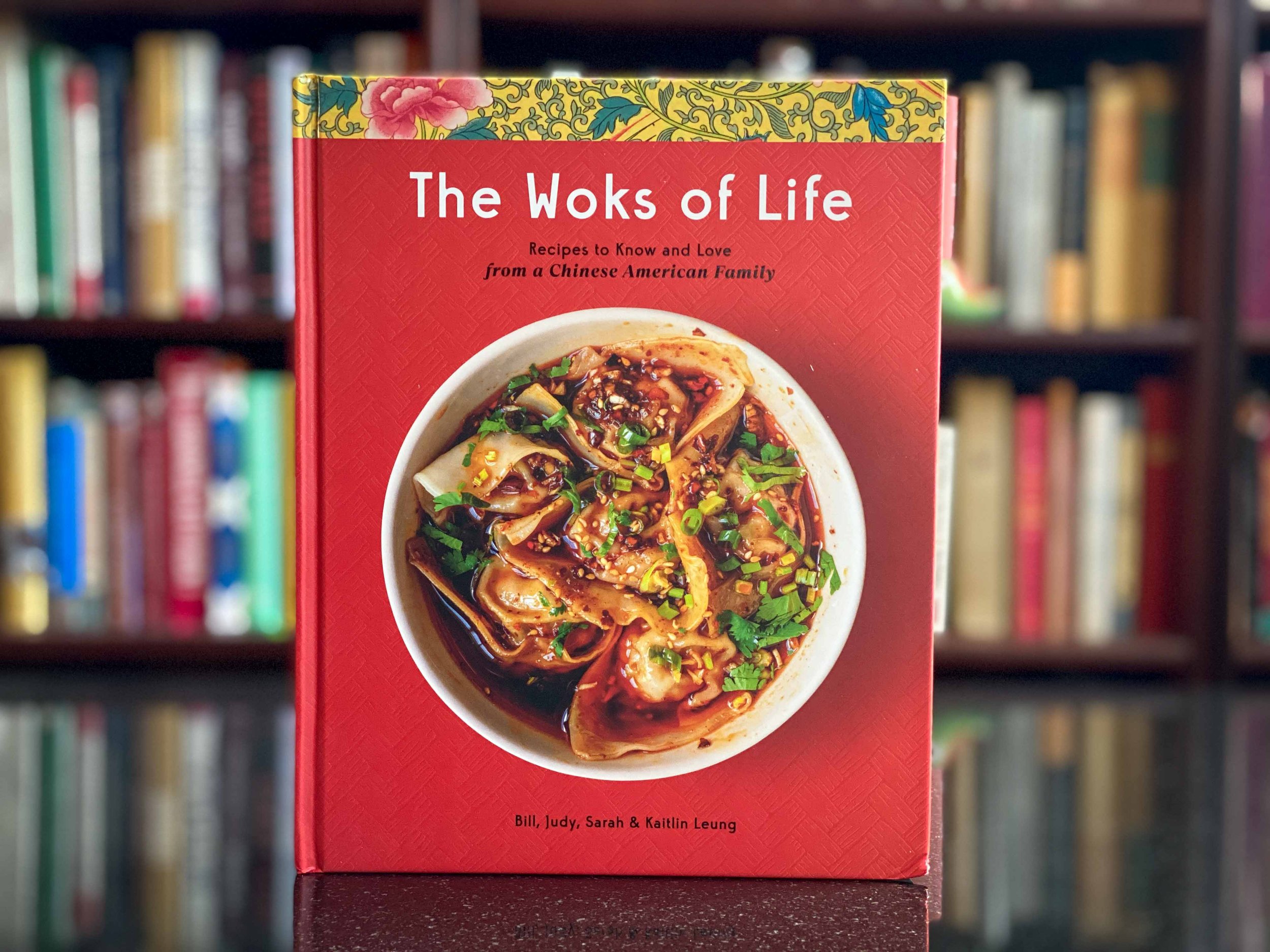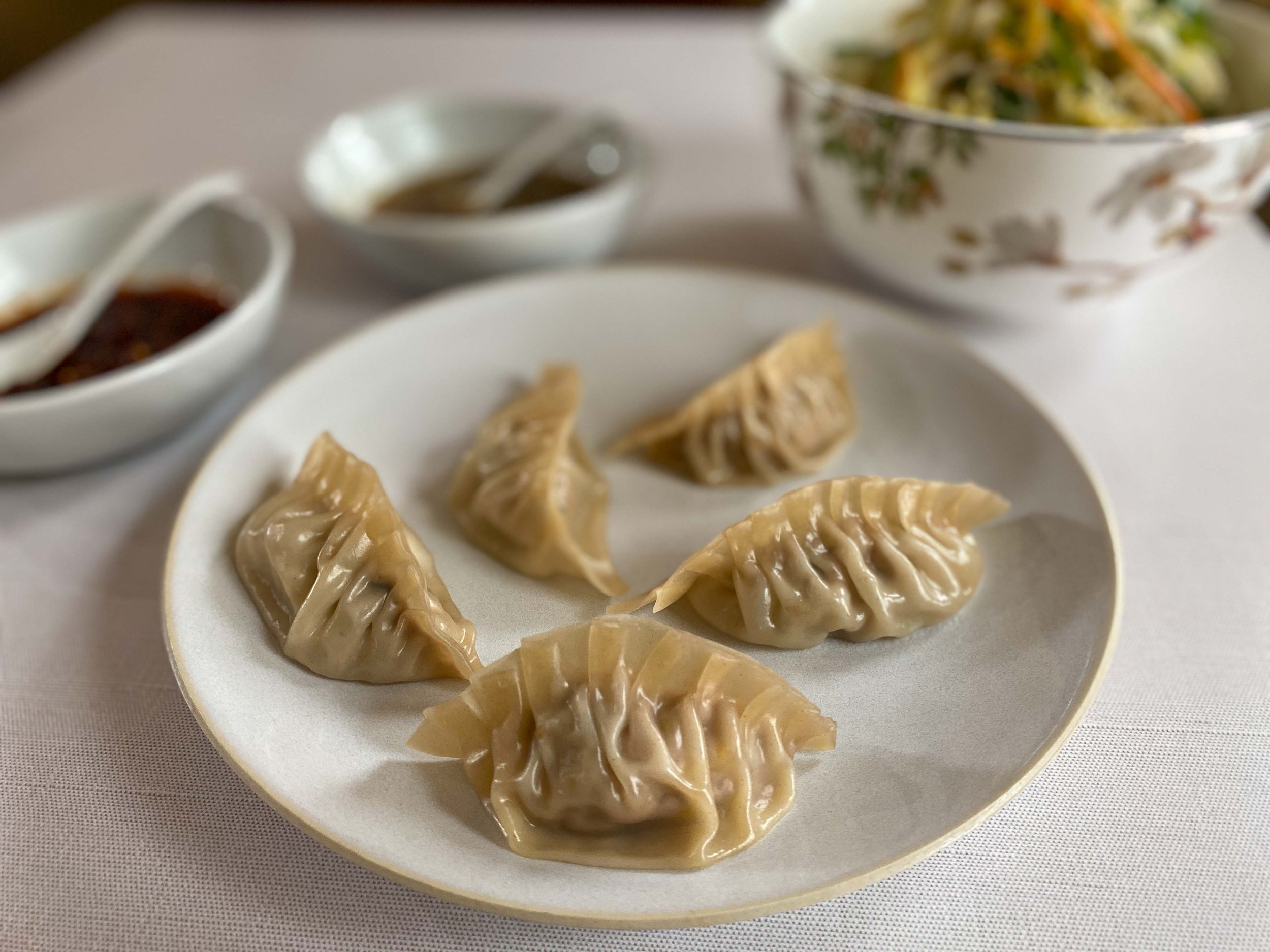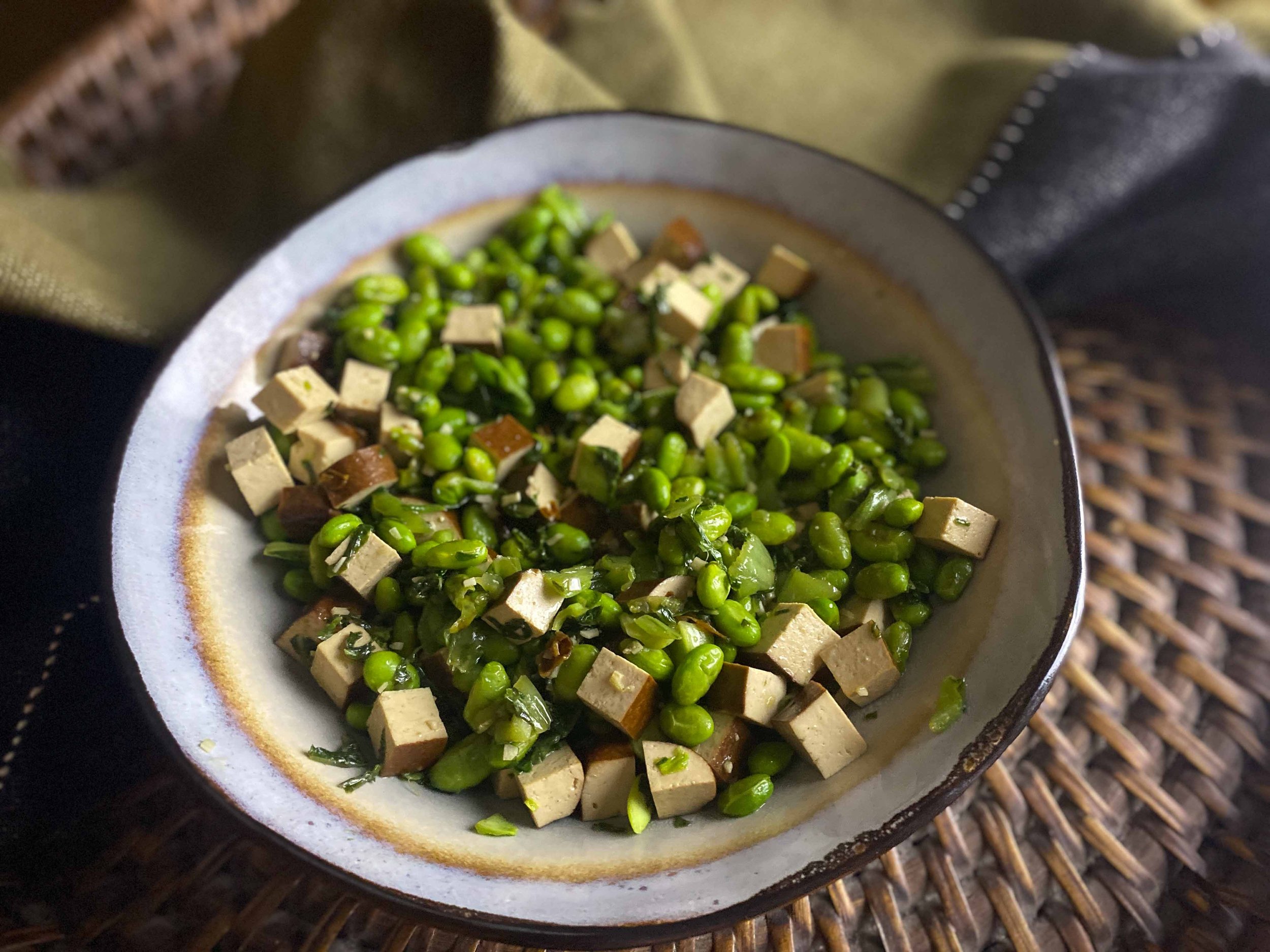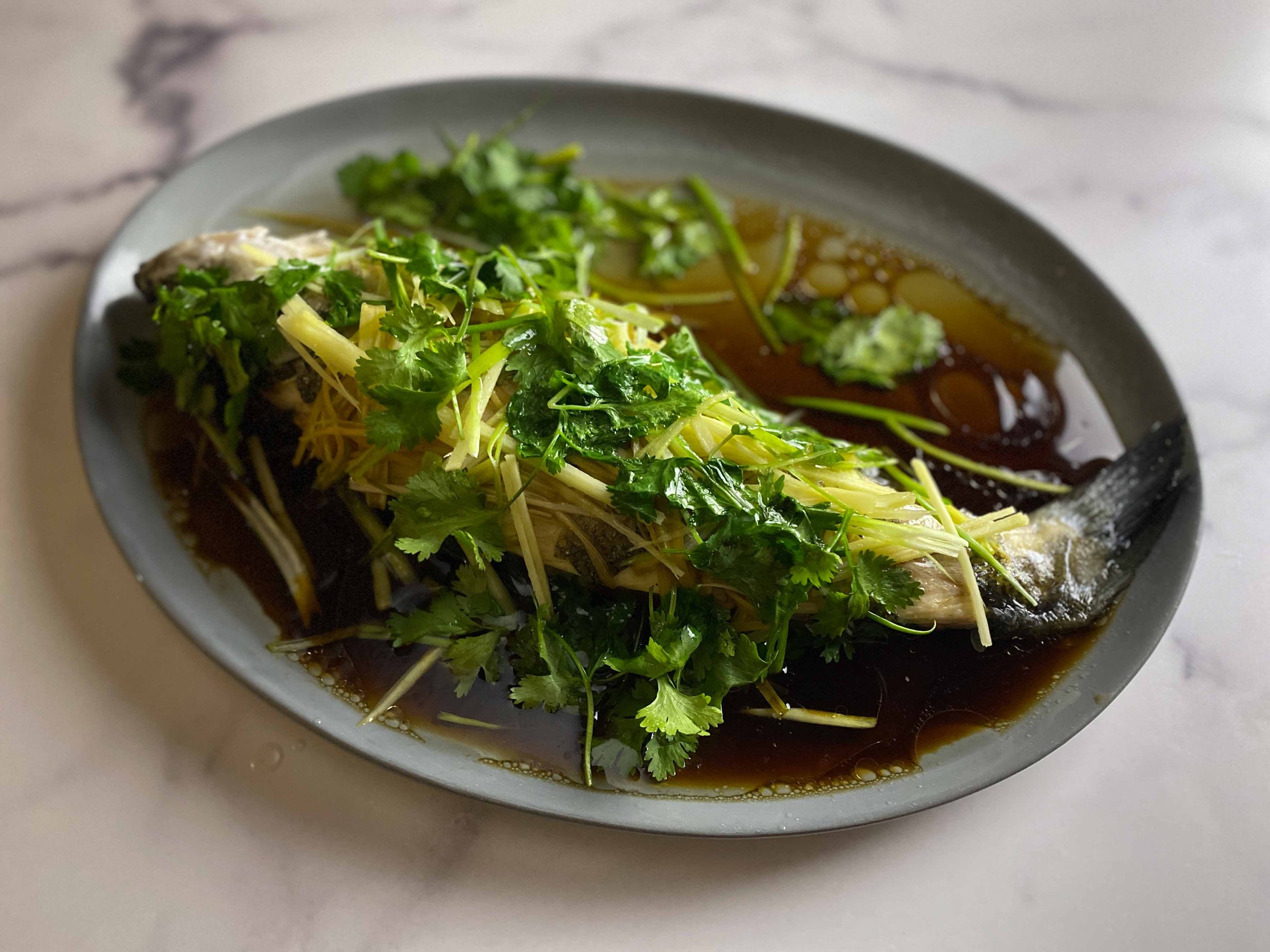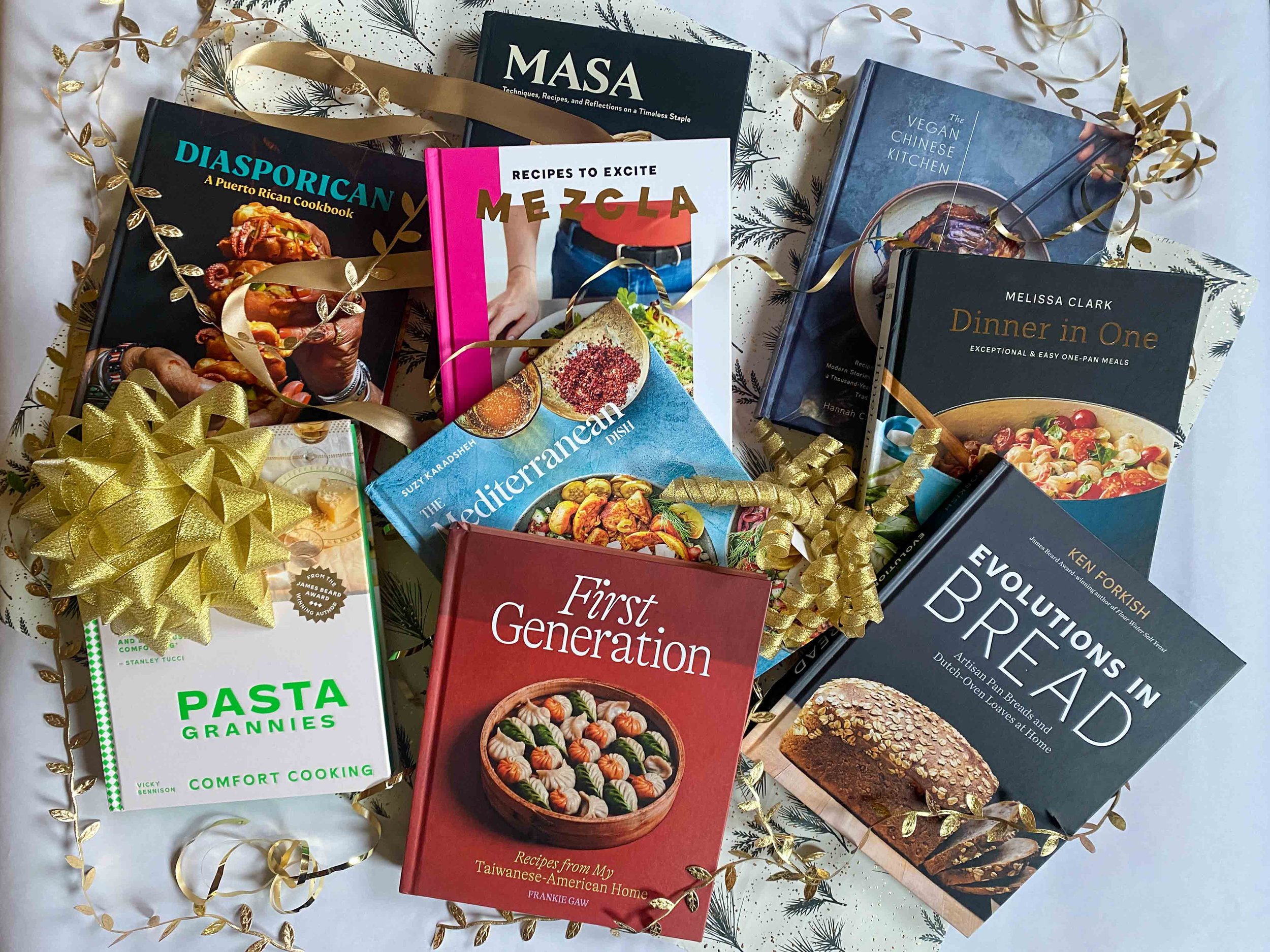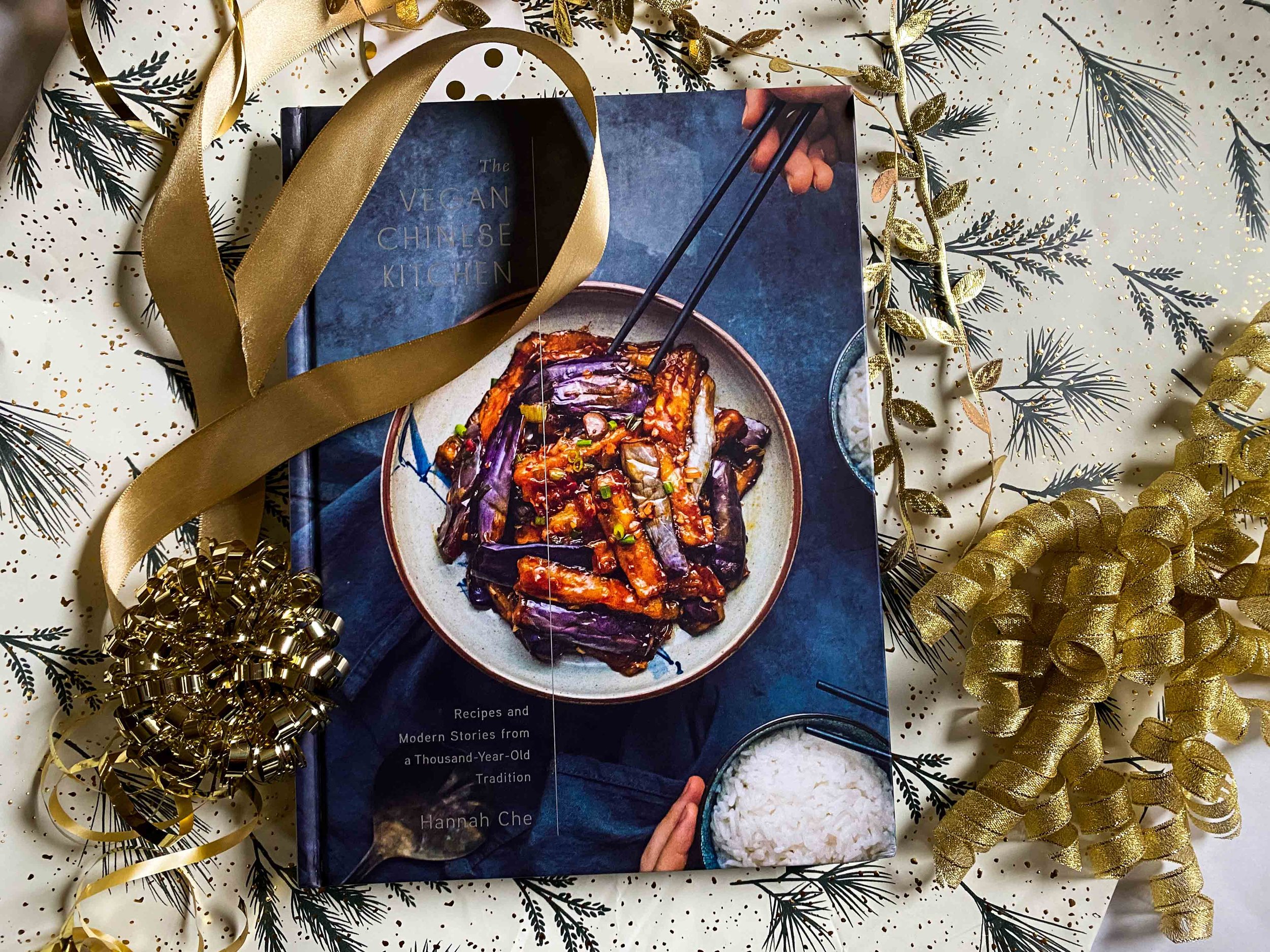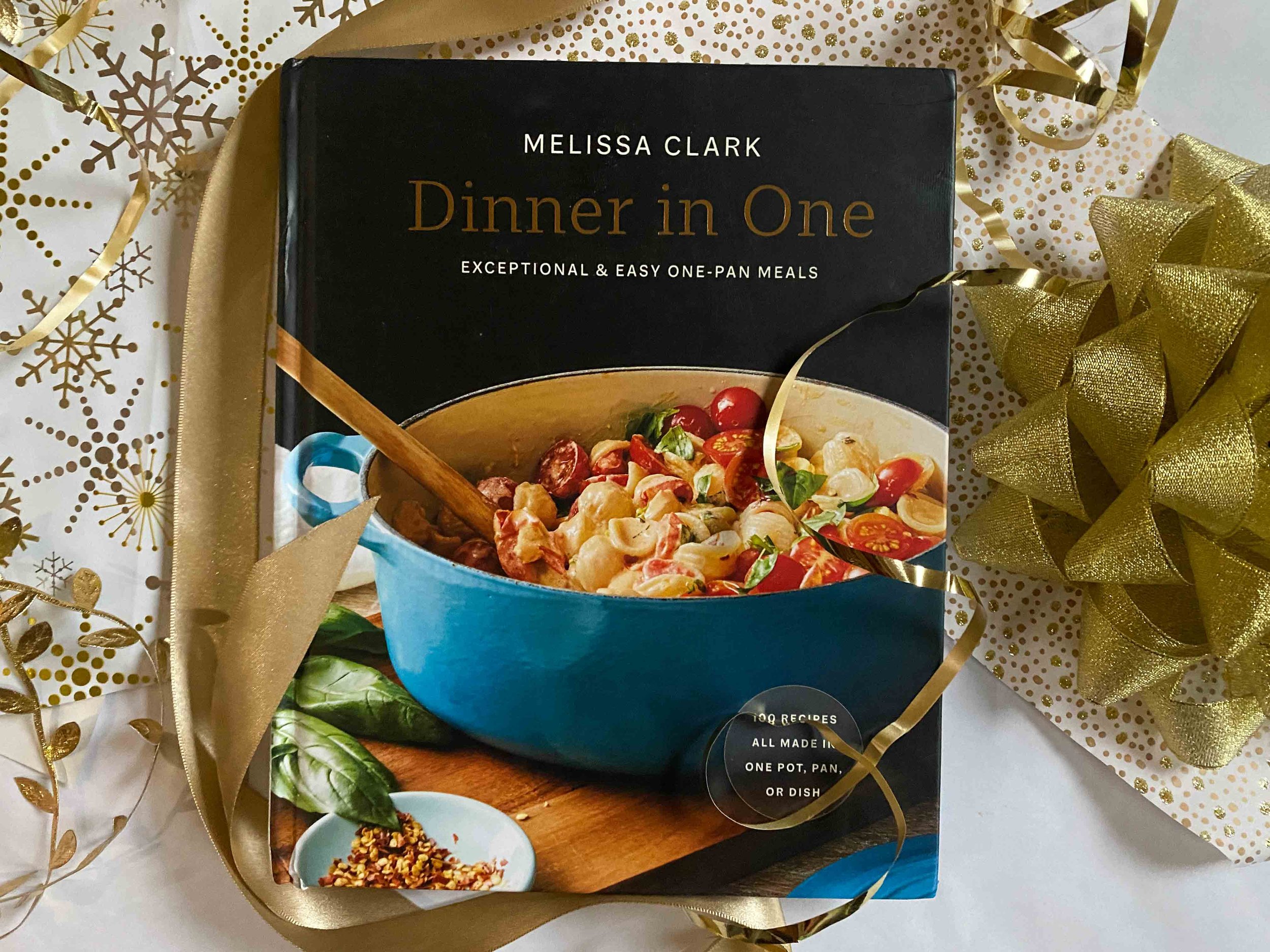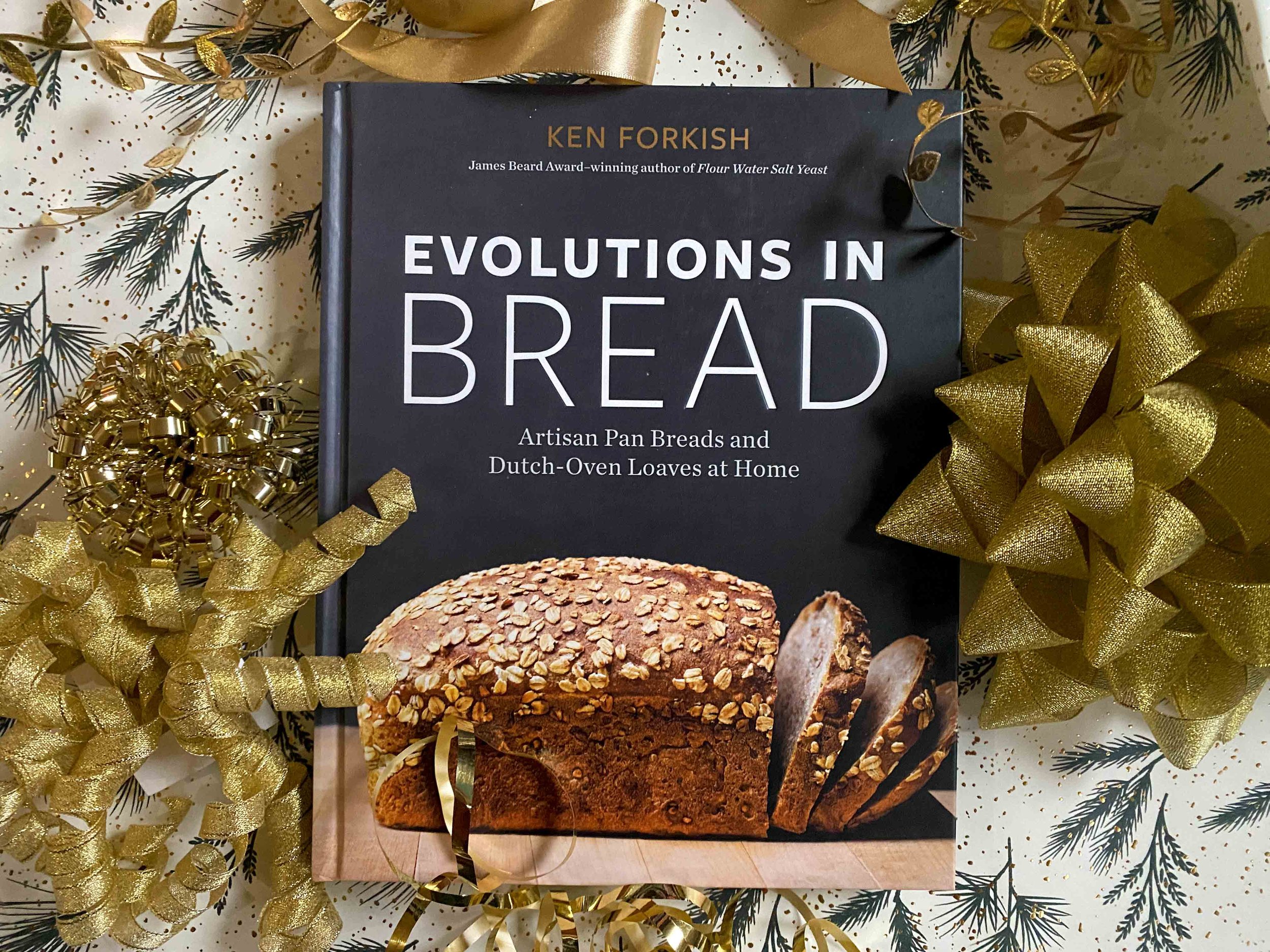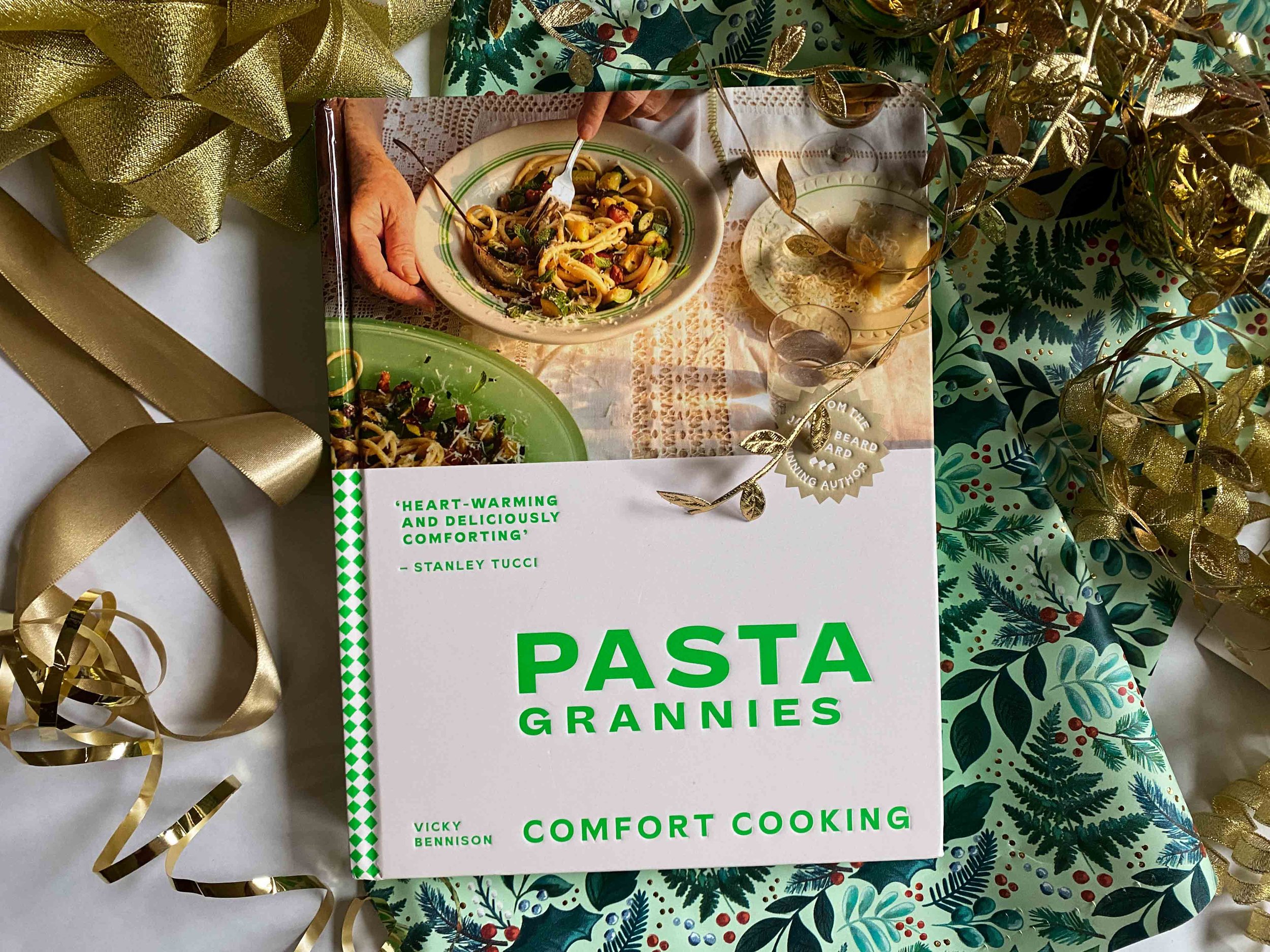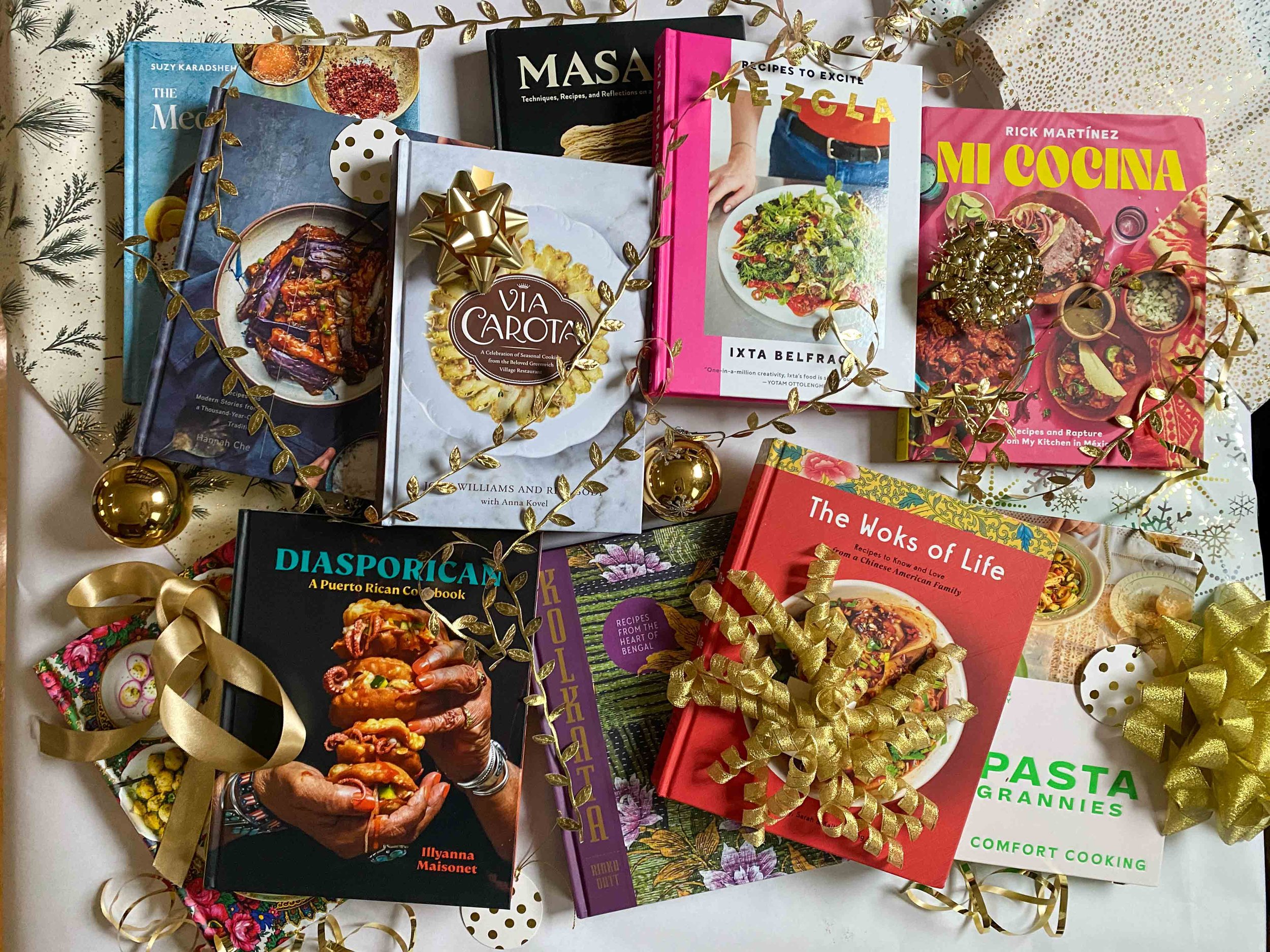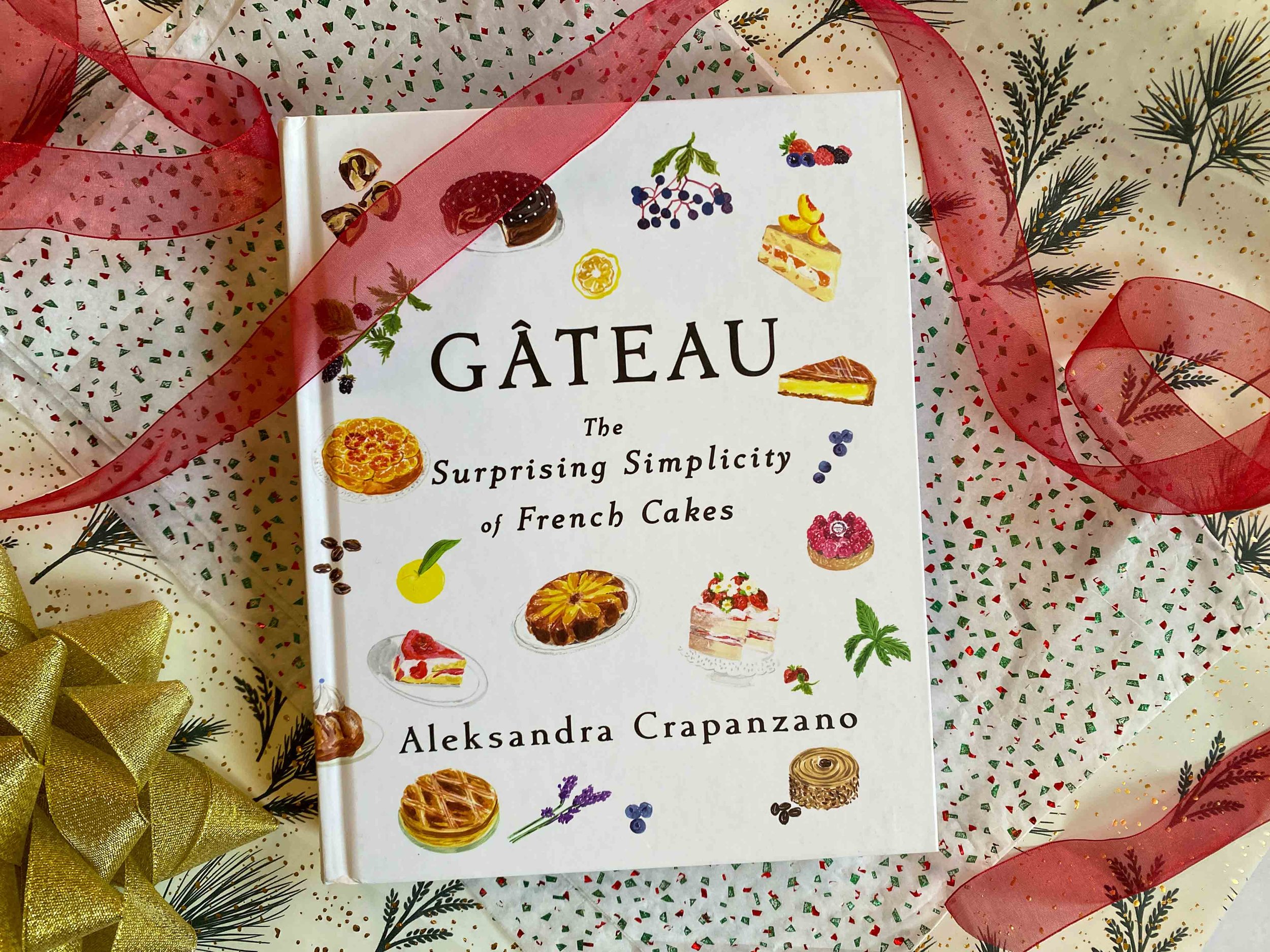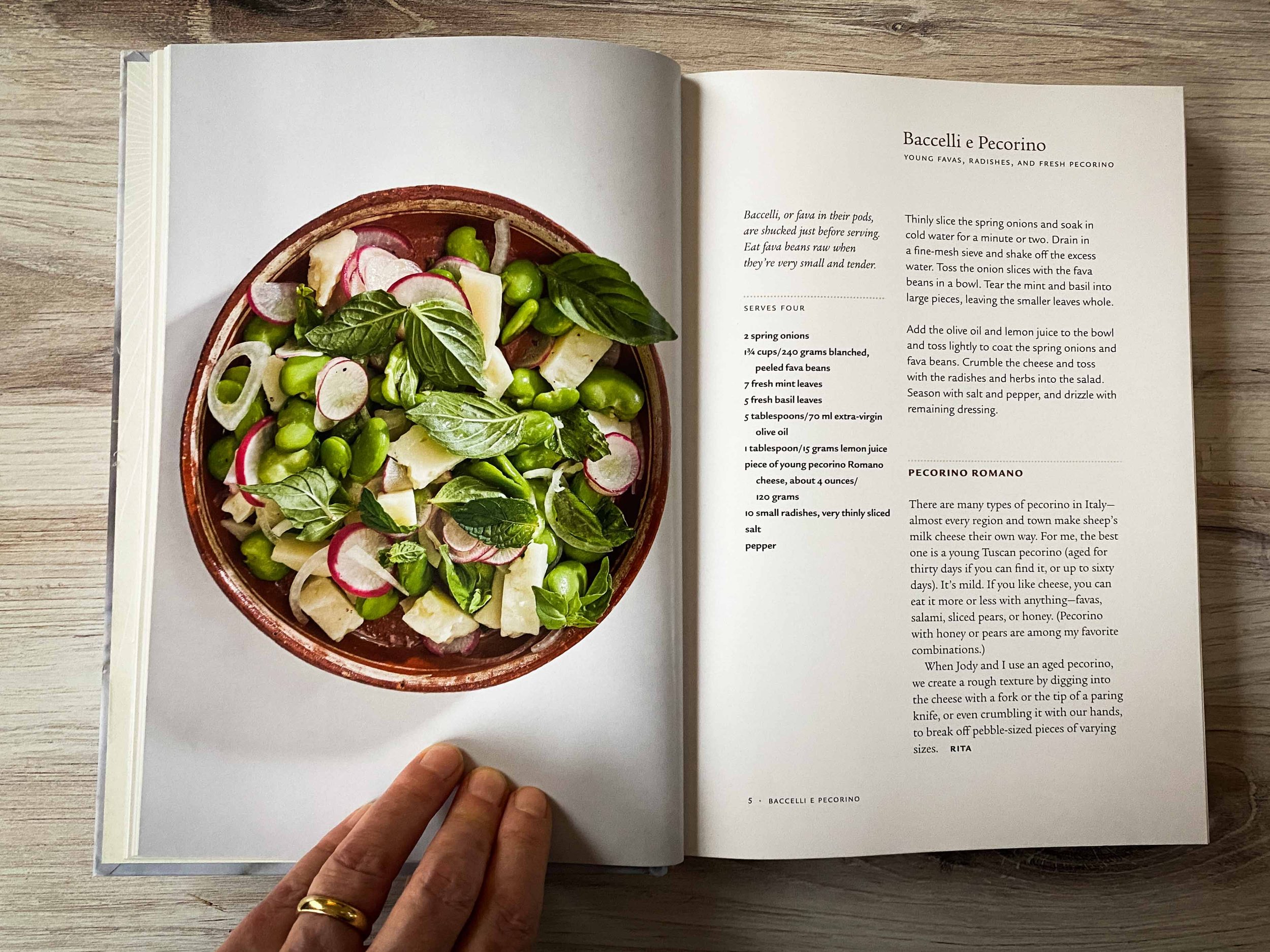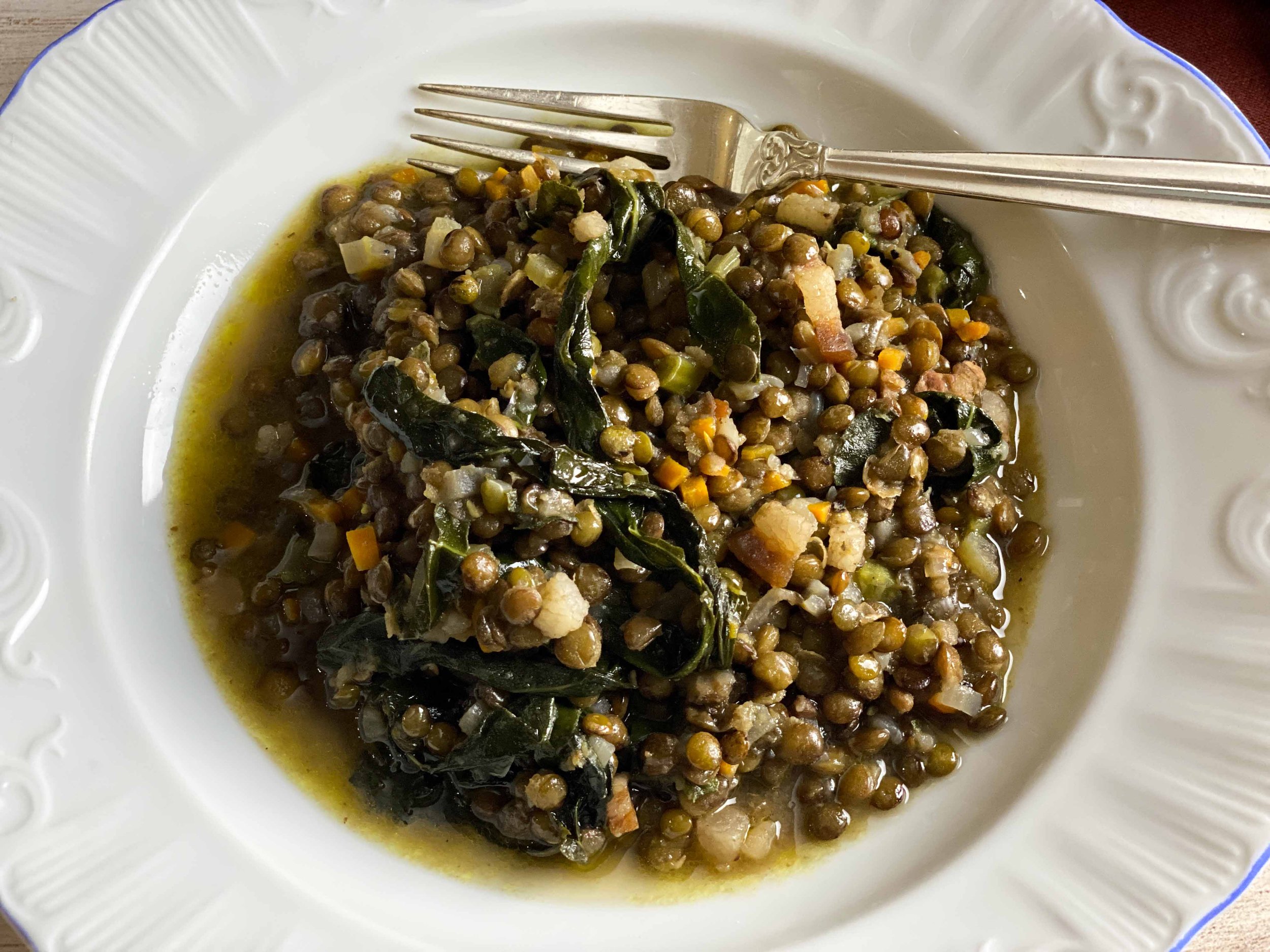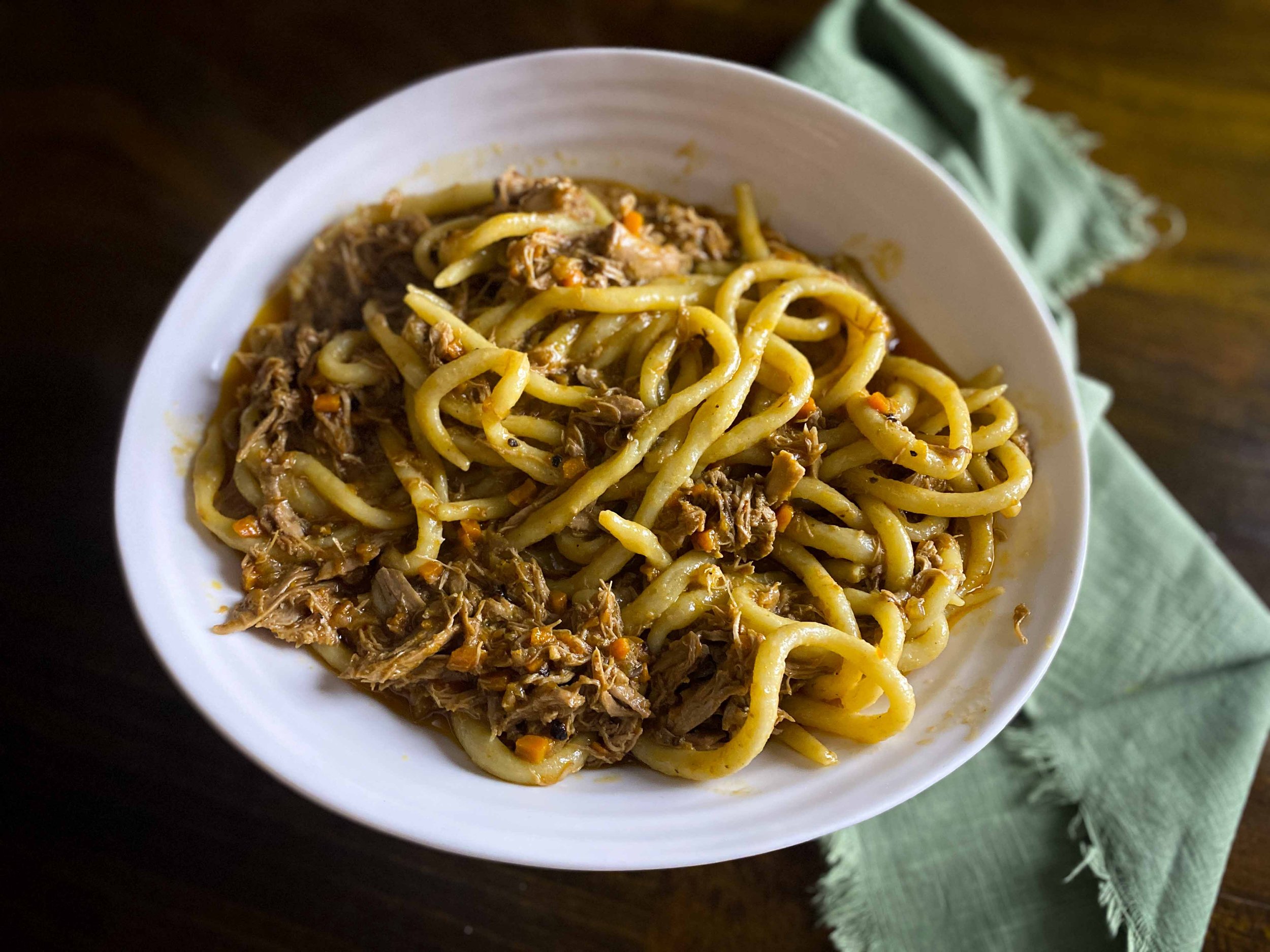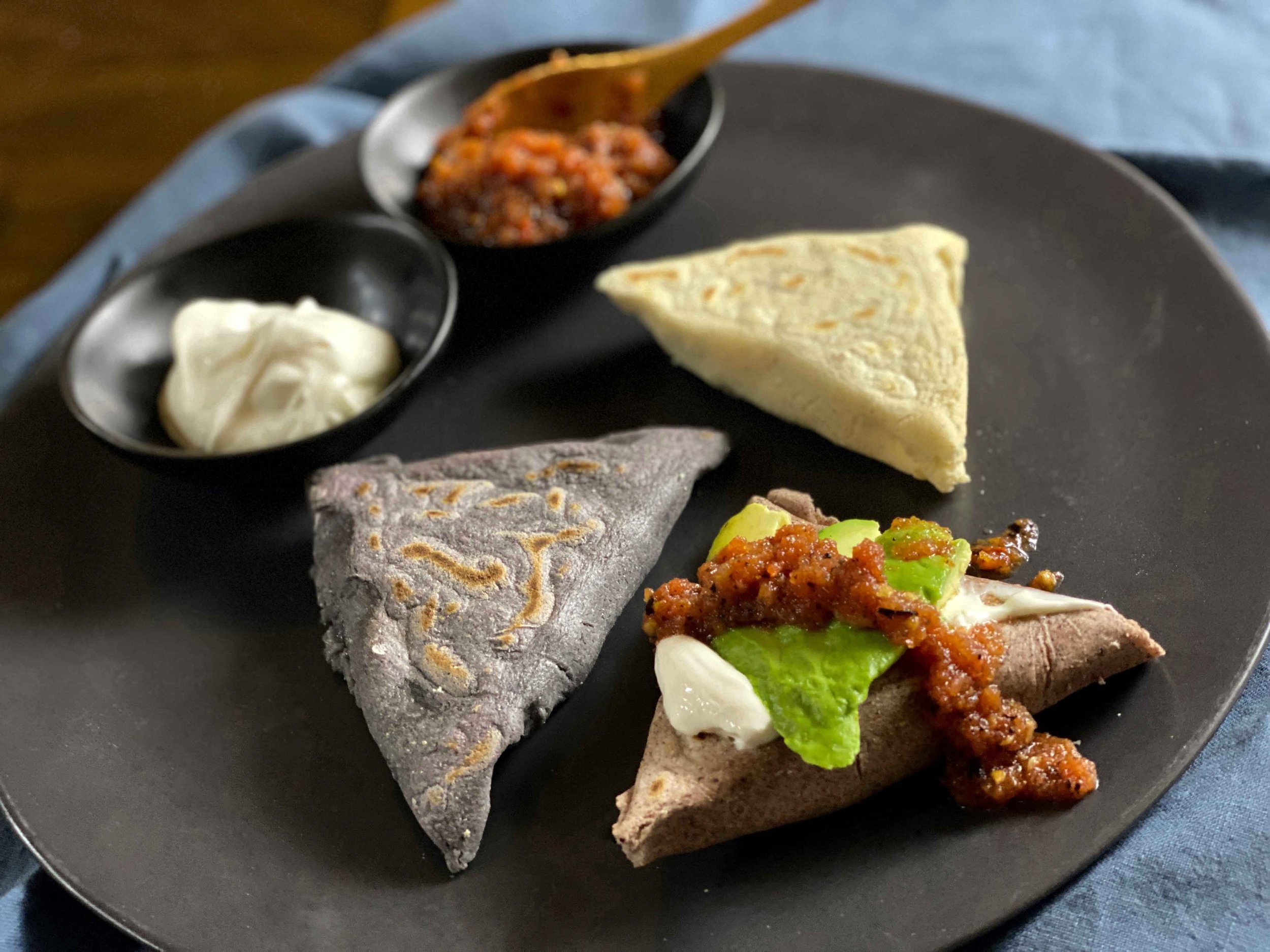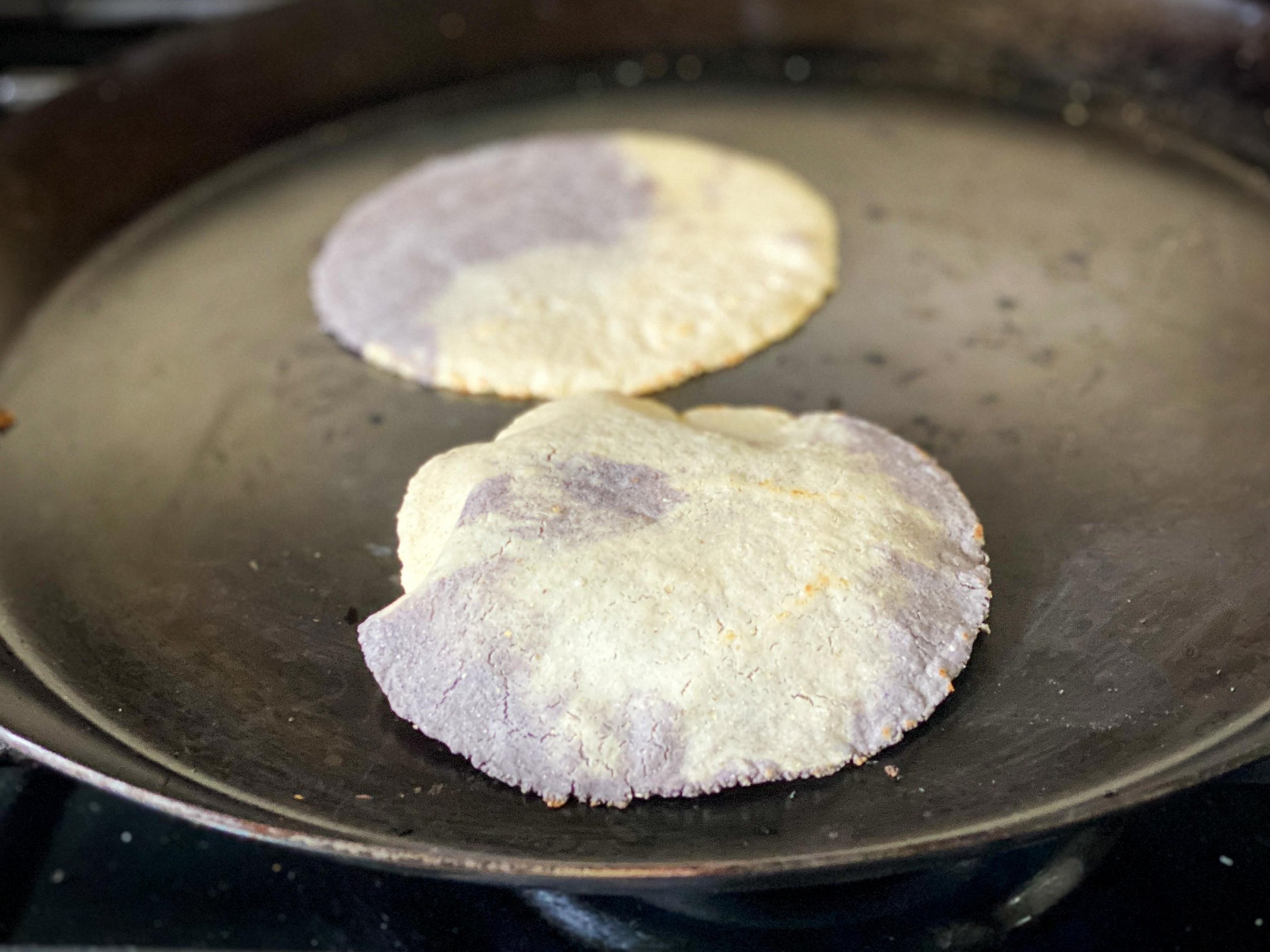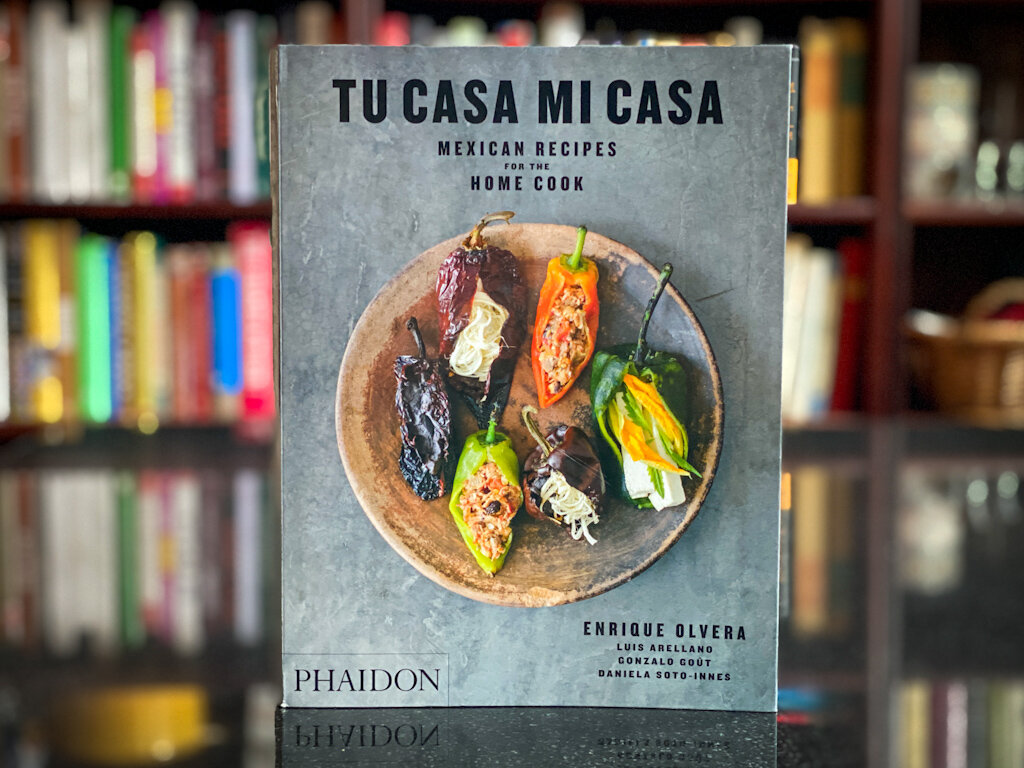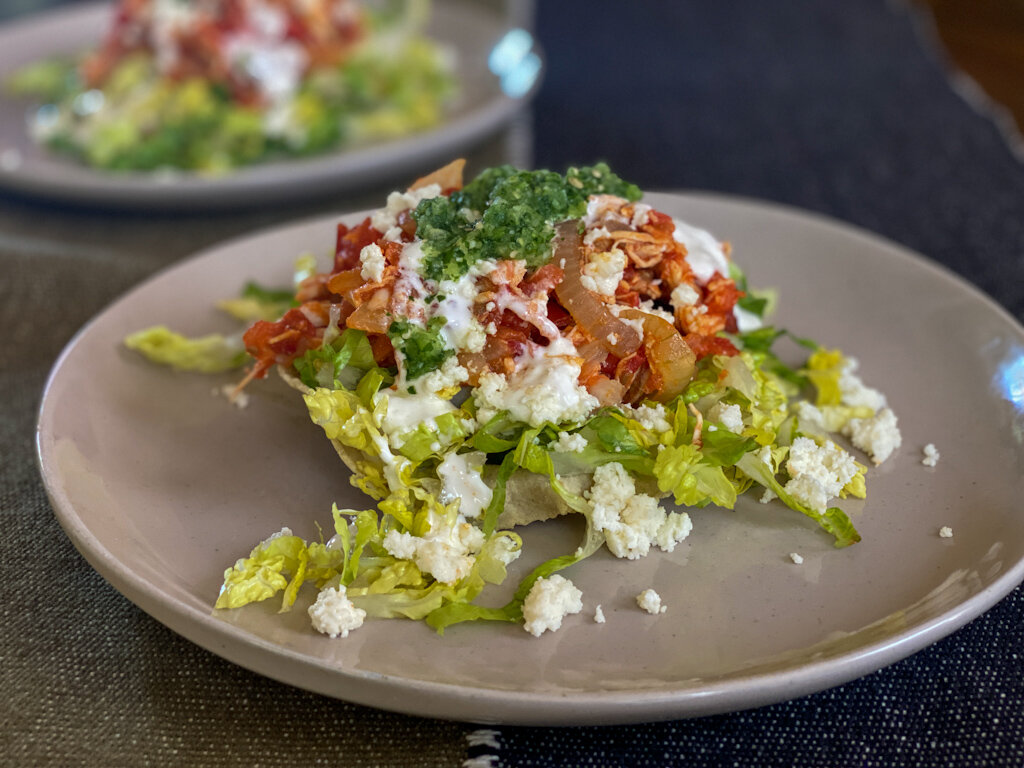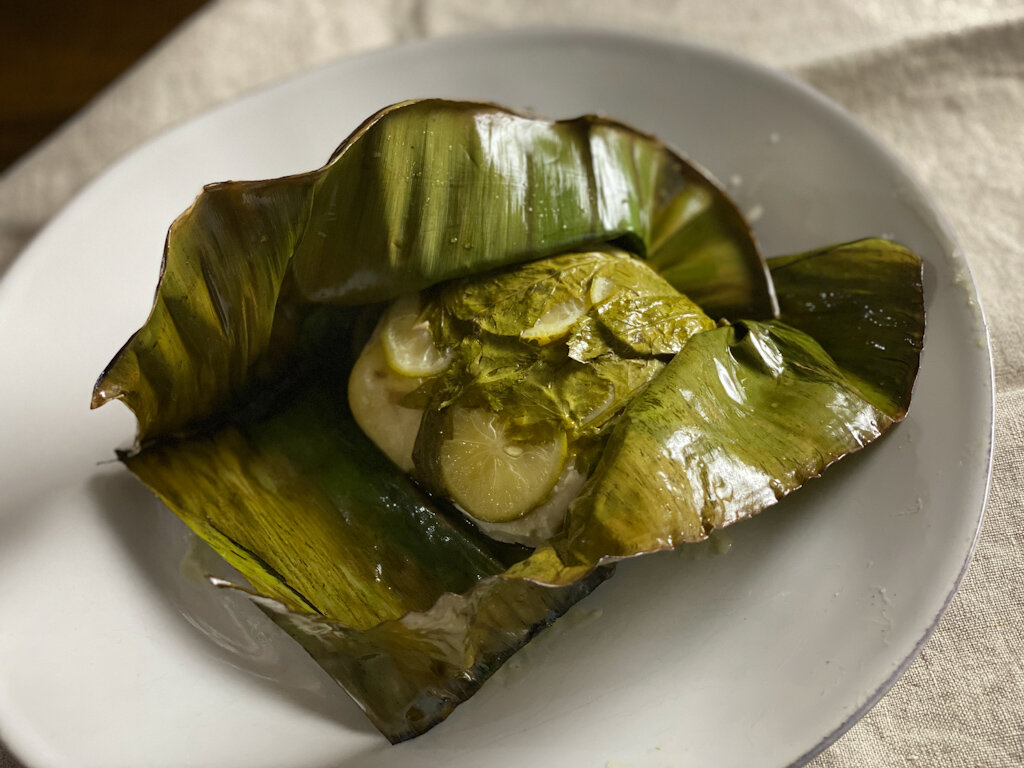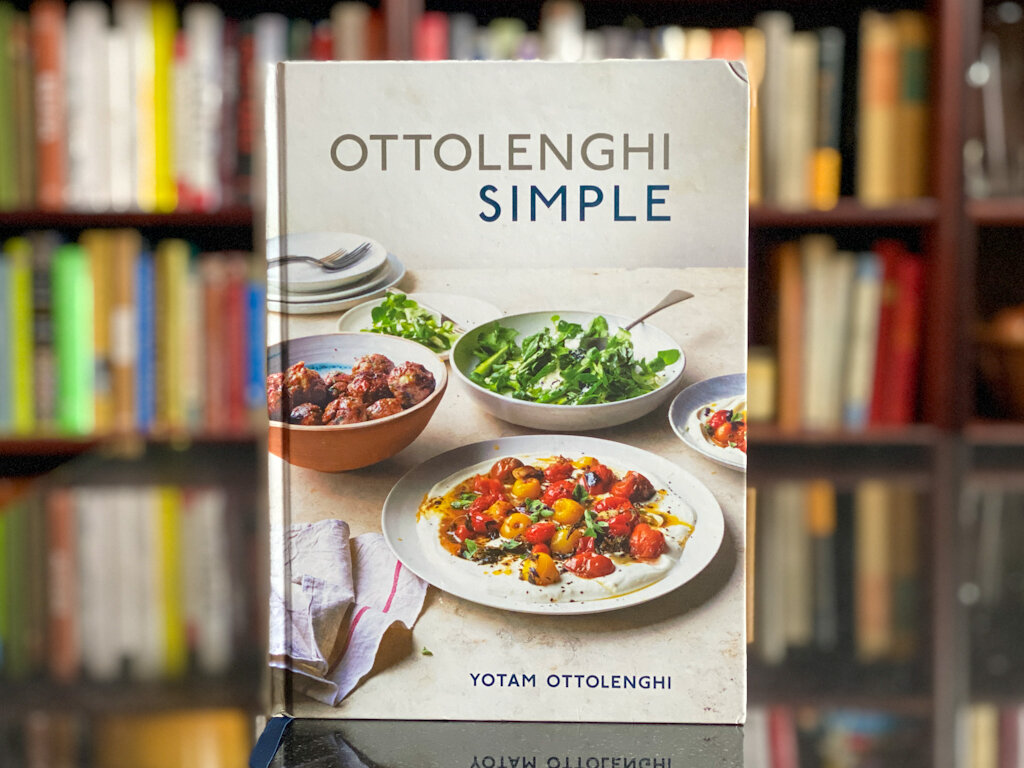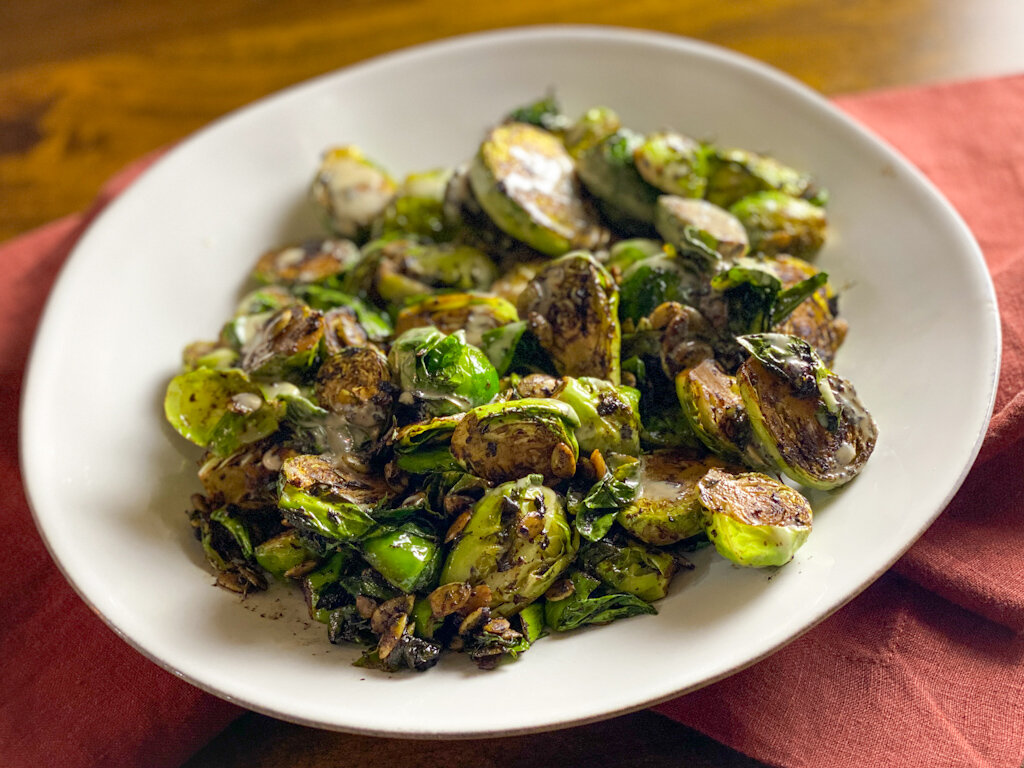By Leslie Brenner
Claudia Roden’s Mediterranean: Treasured Recipes from a Lifetime of Travel, by Claudia Roden, Ten Speed Press, 2021, $40
Somehow, Claudia Roden’s latest cookbook — reprising her cooking life and travels over the last three and a half decades — was passed over last year from the major cookbook awards. It’s hard to understand why, as Claudia Roden’s Mediterranean is one of the revered cookbook author’s very best collections.
Backgrounder
Born in Cairo, Egypt to Jewish-Syrian parents, and now based in London, 87-year-old Roden has made a brilliant career of studying and writing about the foods of the Middle East and Mediterranean. Her 2011 title, The Food of Spain — a 609-page magnum opus — won first prize for International Cookbooks by the International Association of Culinary Professionals. Her 1968 book, The New Book of Middle Eastern Food, was updated 32 years later, then inducted in 2010 in the James Beard Foundation’s Cookbook Hall of Fame. In 1997, The Book of Jewish Food: An Odyssey from Samarkand to New York won the James Beard Award for Cookbook of the Year.
Want a behind-the-scenes peek at how this cookbook review came to be? Become a paid subscriber to my weekly newsletter — preview the post, and get a free 7-day trial subscription.
To put together her latest book, Roden looked back at her travels all around the Mediterranean over the last thirty-five years — since her three children left home. Arriving in Alexandria at the start of the adventure, she was exhilarated to find the “city of freedom and pleasure” she remembered from childhood. “You felt the exuberant lighthearted mood in the cafés along the seafront,” she writes in the introduction. “Italian, Greek and French were spoken on the street. The city was part of another world, one to which Marseille and Barcelona, Genoa, Athens and Algiers, Beirut and Tangier also belonged.” That revelation sent her into a decades-long search of that spirit again, and this book is the result.
When the book was published in November, 2021, Melissa Clark visited Roden at her home in London to interview her for a profile — one that’s a must-read if you’re a Roden fan.
Why We Love It
Easy, breezy and relaxed, Claudia Roden’s Mediterranean is filled with recipes that feel like the way Roden might cook at home; her personality comes through in this book much more vividly than in her earlier ones. Many of the recipes serve two people (and are easy to scale up), perfect for weeknight dinners that pack maximum deliciousness into minimum effort. Others are ideal for laid-back entertaining.
When I close my eyes and open the volume, I can almost be sure to be looking at something I want to make: Eggplants with Pomegranate Dressing and Yogurt Sauce. Bullinada (a Catalan fish stew enriched with mayo). Stuffed Peppers with Breadcrumbs, Anchovies, Olives and Capers. Chicken and Onion “Pies” with Moroccan Flavors. Tagliolini with Lemon. Hazelnut Cake with Chocolate Ganache. Those are literally random page-opens.
I’m excited to write about the book now, because so many of its recipes are perfect for summer.
Fennel, Peach and Goat Cheese Salad
Case in point: a graceful salad of thin-sliced fennel tossed with fresh peaches, cucumber and goat cheese — summer on a plate.
Delay This Gratification — or Not!
This gorgeous Green Olive, Walnut and Pomegranate Salad, will be perfect come fall, but I loved it so much I couldn’t leave it out of this review. It’s a specialty of Gaziantep, a Turkish city on the border with Syria.
Should you decide to make it right away, I won’t blame you — it’s wonderfully tangy, thanks to pomegranate molasses, with earthy walnuts for crunch and a lot of parsley and scallions.
Beguiling Turkish Yogurt Soup with Chickpeas and Orzo
Also from Gaziantep is this quickly put-together chickpea and yogurt soup, enriched with an egg yolk; Roden writes in her headnote that she was charmed by at at a dinner in Istanbul to celebrate Gaziantep’s adoption by UNESCO as a Creative City for its gastronomy.
Canned chickpeas make it a breeze to assemble — perfect for weekday lunch or easy dinner.
My New Favorite Dish
Saucy, garlicky, lusty and hassle-free, this chicken dish with green olives and boiled lemons was the first thing I made from the book, and I’ve made it three more times since — it’s that good.
In her headnote, Roden writes that it was inspired by “the sharp lemony flavors of one of the most famous Moroccan tagines.” Sized for eight, and ideal for relaxed entertaining, as you assemble it in a snap, then shove it in the oven and forget about it while it bakes for an hour.
Serve it with couscous. Roden offers a brilliant hack for giving it the light, fluffy texture of the grains made traditionally, steamed two or three times in a couscoussier, but with minimum hassle.
RECIPE: Claudia Roden’s Chicken with Olives and Lemon
Only One Miss
Only one recipe I tested (there were three more) was one I wouldn’t make again: A muhammara (walnut and roasted pepper dip) had the wrong texture — it was runny rather than a thick paste — and it was overwhelmed by too much pomegranate molasses. (Nothing, of course, that a few tweaks wouldn’t fix.)
On the other hand, I loved a Spanish dish of alubias con almejas — clams with white beans. And also garlicky pan-fried fish with with Sherry vinegar and Aleppo pepper. Both are sized for two.
Meanwhile, there are so many things I still want to try. A slow-roasted shoulder of lamb with couscous, dates and almonds. A potato salad with green olive tapenade. Almond pudding with apricot compote. Maybe that last one this weekend — after all, it’s apricot season.
If you love Mediterranean flavors, may this book land in your kitchen soon.

